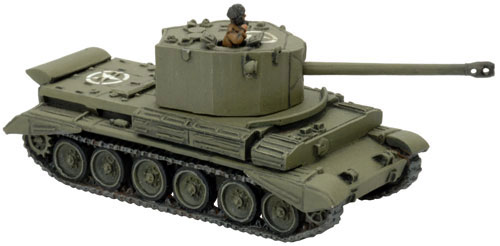 | A30 Challenger (BR043) In 1941, the British General Staff began examining the feasibility of mounting a high velocity gun into infantry and cruiser tanks. The need arose from experiences against the Afrika Corp during the campaign in the Western Desert and the requirement for a gun capable of knocking out any known German armoured fighting vehicle. |
| First attempts in fitting the 17pdr gun to an A27 chassis proved unsuccessful, as the width of the hull proved too narrow to accommodate a turret big enough to house the 17pdr gun. This led to the development of the A30, which closely resembled the A27 but with an increase in chassis length and a widening of the hull. An extra road wheel was also added to compensate for the increase in weight. | 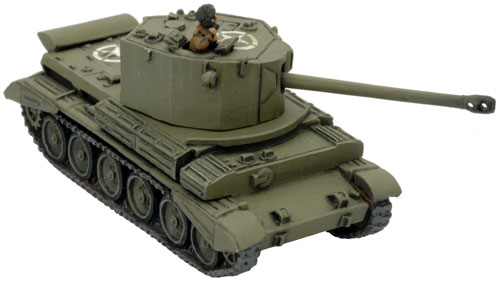 |
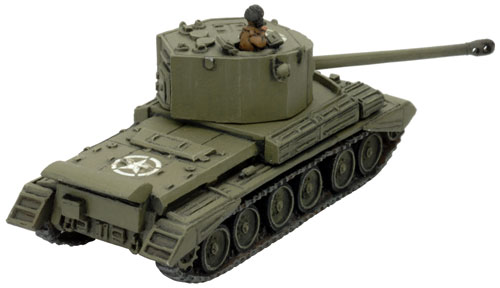 | The A30 was based as many Cromwell components as possible and mechanically it was almost identical, featuring the same Rolls-Royce Meteor engine as the Cromwell and was developed by BRCW. The development of the turret to house the 17pdr was entrusted to Stothert & Pitt, a firm that normally specialised in the manufacturing of large cranes and was derived from the turret they had tested on the TOG 2. More on the TOG 2... |
| The turret was enormous as it not only had to mount the 17pdr gun but also meet the depression and elevation requirements as stated by the War Office. The first prototype was completed in August 1942 and initial trials showed up serveral deficiencies including suspension trouble due to excess weight and a slow turret traverse. To improve performance, an electronic transverse gear was fitted and a decrease in armour thickness was ordered to reduce the overall weight. In addition, the size of the 17pdr rounds restricted ammunition stowage which led to the removal of the hull machine gun position. | 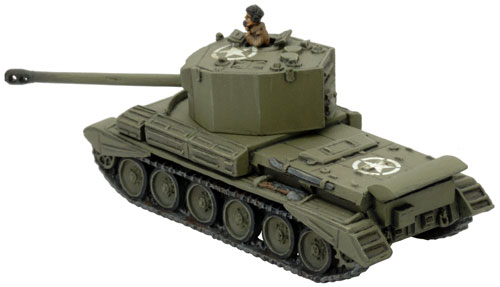 |
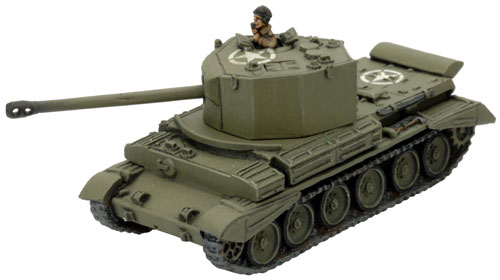 | By February 1943 the A30 was accepted for production with an order for 200 being place with BRCW. However, it wasn’t until March 1944 that the first production vehicles were ready. Now known as the Challenger, the delays in getting it into production hindered it so much that the development of the Firefly assumed a greater importance. The Firefly proved easier to product and it saw the majority of the action during the Normandy campaign. It wasn’t till after the D-Day landings that the Challenger finally saw action. |
| As more Challengers made it to the frontlines, they had begun to provide 17pdr support in similar ways as the Sherman Firefly (one tank per troop). The Challenger was better suited to supporting the Cromwell formations than the Firefly as it was able to keep up with the Cromwell better than the slower Sherman due to the Meteor engine. Issuing the Challenger to Cromwell units also made maintenance and repair easier as the shared many of the same components. This became standard with the first Challengers being issued to Cromwell regiments in North-West Europe in August 1944. | 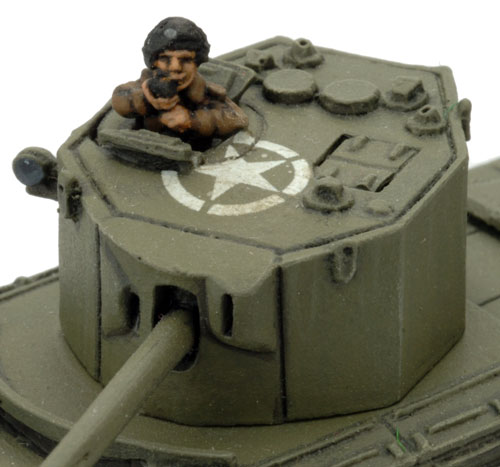 |
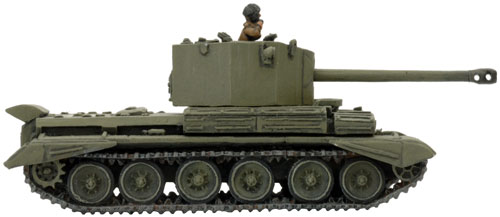 | In Flames Of War Fitted with the OQF 17pdr gun the Challenger has plenty of punch while still being able to keep up with the agile Cromwell. Front 6; Side 4; Top 1 ROF 3; Anti-tank 13; Firepower 3+ |
| Challenger’s Equipment & Notes Co-ax mg, Light Tank, Overloaded, Protected Ammo, Tow Hook, No HE, Semi-indirect fire. Designed by Evan Allen Painted by James Brown | 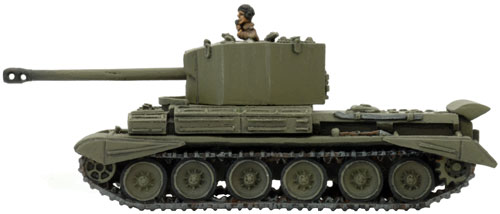 |
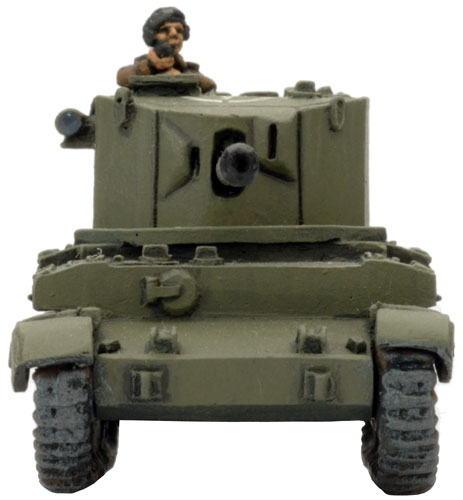 | 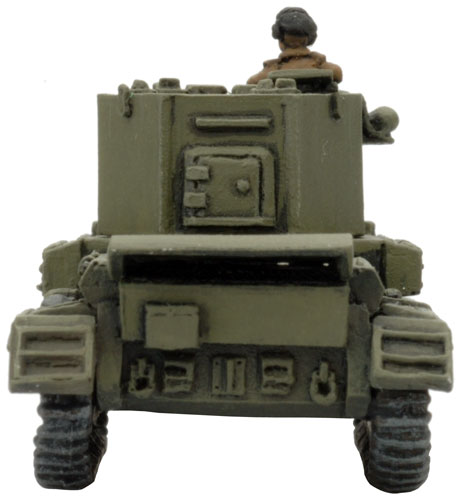 |
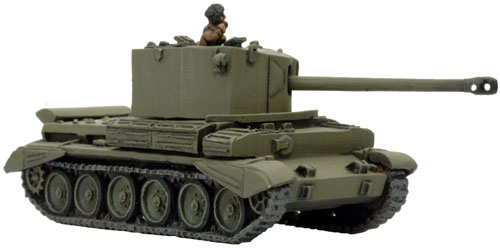 | 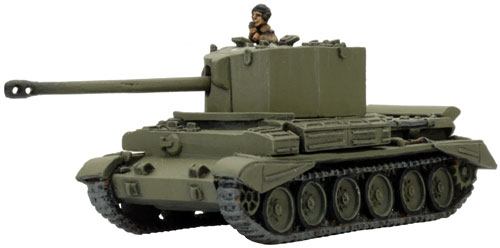 |
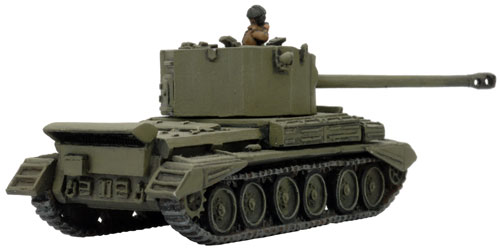 | 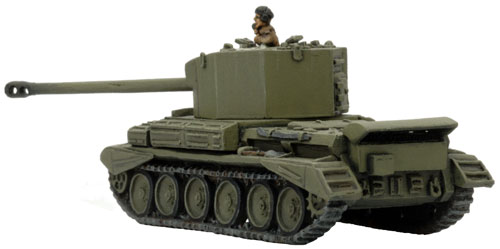 |
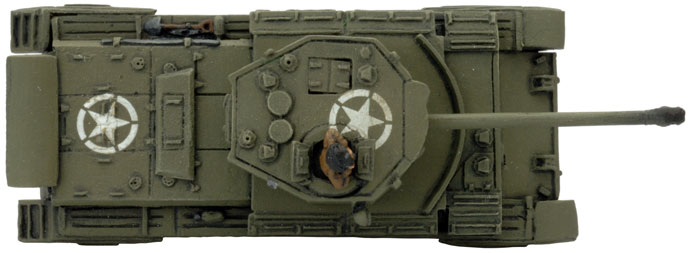 |

Ingen kommentarer:
Legg inn en kommentar